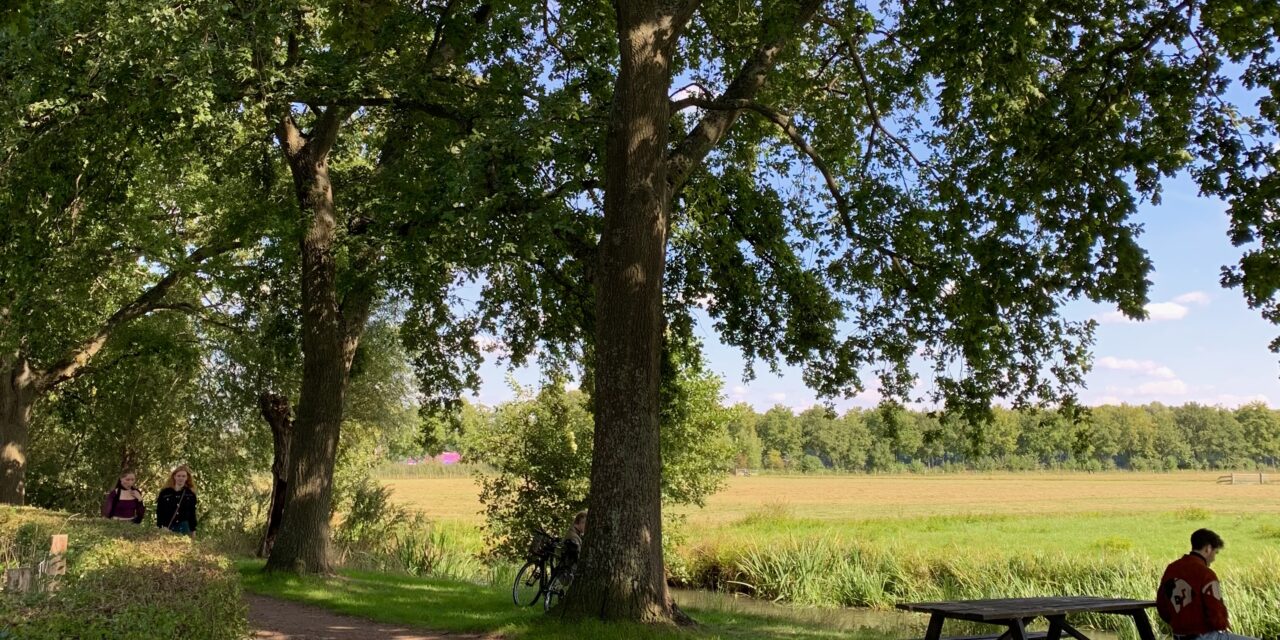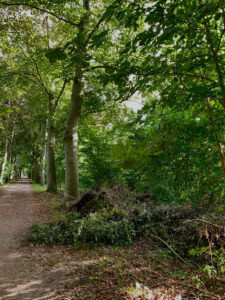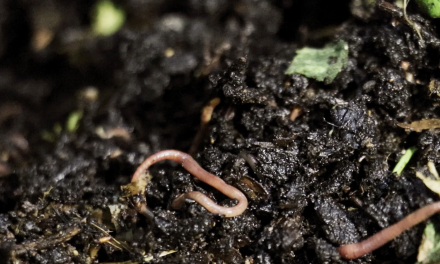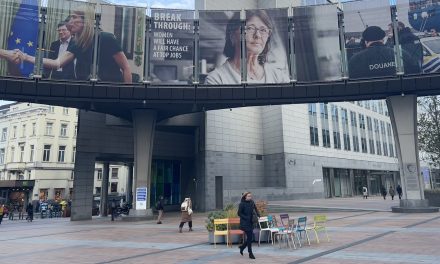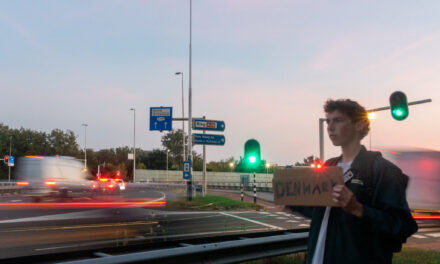Forest, fires, the rising temperatures and of sea levels. Our planet is amid of a climate crisis. Still, the emissions continue to rise on the one hand. On the other the usage of cars doesn’t go down.
In January 2020 the EU has published targets for 2025-2030: From 2025 on car emissions should be reduced by 15%, from 2030 onwards by 37.5%. Those are ambitious goals. The question is how to conquer them, when every year the number of cars on the streets rises and therefore also the need for space. Forest get roden, ecosystems get destroyed, for a few more kilometres of highway. This is also supposed to happen to a forest next to the city of Utrecht in the Netherlands.
The plans for the A27 construction
Plans for the widening of the A27 have started back in 2008. The A27 is one of the highways with the highest amount of traffic and is also often affected by congestions. To enable better commute the ministry of transport wants to build ne
w lanes on both sides. This would affect a forest area of Amelisweerd, a unique landscape near Utrecht. It is home to many plant and animals species, historic country houses and even vegetable gardens. The nature reserve is a beloved recreation area, that has one million visitors per year. In 2006 Amelisweerd even became a national monument. For the construction of the highway at least 800 trees would have to be felled and the entire ecosystem of the forest would be damaged.
Stronger together
Since the very beginning different groups, such as Vrienden de Amelisweerd or Kerngroep Utrecht, have been demonstrating against it. The cohesion between the different groups and the citizens of the Utrecht area is very strong. Jos Kloppenburg has been active in the Vrienden of Amelisweerd since they were formed in the 1980s, when the first cutting of Amelisweerd took place also due to the construction of a highway. “It was a very dramatic time for all of us,” Kloppenburg says. He believes that because of this time, the Amelisweerd forest became very dear to their hearts and the older generation grew closer together. That is why so many are still active until this day. Now other groups with younger people, like Extinction Rebellion or FridaysForFuture joined their movement to preserve the forest. Kloppenburg adds: “For us it is very important to have the whole range of groups and opinions.”
The fight is not over
The committees from the groups and also from the neighbourhoods of Utrecht are in contact with the ministry. In 2019 they have been given the chance of coming up with a different, more environment-friendly plan. If it’s good enough, the ministry will accept it. The plan will be published this autumn. Currently it looks like as if the widening plans are not going to change and they are going to be executed. But Jos Kloppenburg says that the fight is still not over and they will continue on using their voices for this matter.
